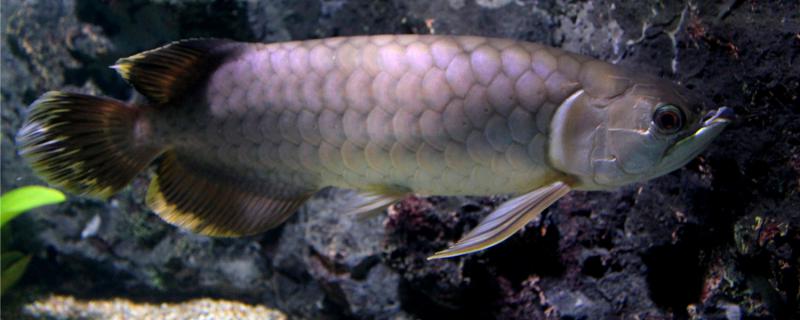
can the arowana persist without oxygen? The arowana needs a lot of oxygen, so it's better to keep using oxygen. If you stop using oxygen, you will get sick or die within 2 days at most. But how long it can persist depends on the size of the fish tank and the density of feeding. If the fish tank is big enough, it can persist without oxygen for a day. If the fish tank is small, the arowana will show hypoxia without oxygen for half a day.
can arowana persist without changing water? Compared with other ornamental fish, arowana is more difficult to raise, because they are more picky and have very strict requirements on water temperature and quality. If there is a circulating filtration system in the fish tank and oxygenation equipment, they can persist without changing water for a month. If there is only oxygenation equipment in the fish tank, you can insist on not changing water for about half a month.
If there is no equipment in the fish tank, the arowana can not change water for up to 7 days. Therefore, the frequency of water change is also related to the equipment in the fish tank and the size of the fish tank. When changing water, we also need to pay attention to the temperature difference not too large, preferably not more than two degrees, otherwise the arowana will have many uncomfortable symptoms. Arowana is more delicate, so it is better to pay more attention to observation when feeding, and treat problems in time to avoid damage.